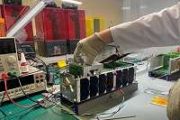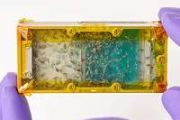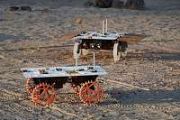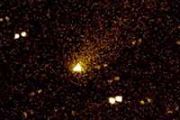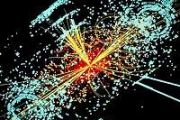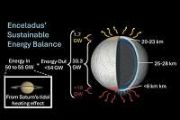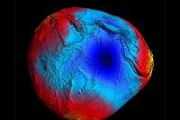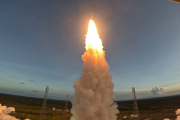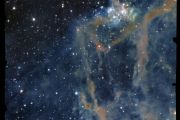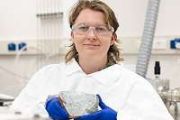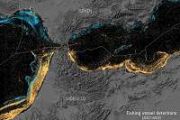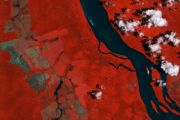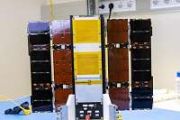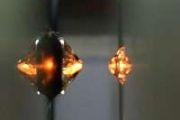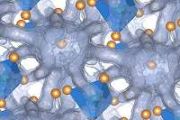
Copernical Team
European space sector commits: Earth is ours, we must cherish it

ESA and 22 other European space actors have come together to sign a “Statement for a Responsible Space Sector”. Space exploration has allowed us to look back on our planet in a way that no human could imagine before, revealing a fragile world with limited resources. As today’s statement explains, the responsibility to take care of our planet extends to and depends on, our actions in space.
NASA capsule buzzes moon, last big step before lunar orbit
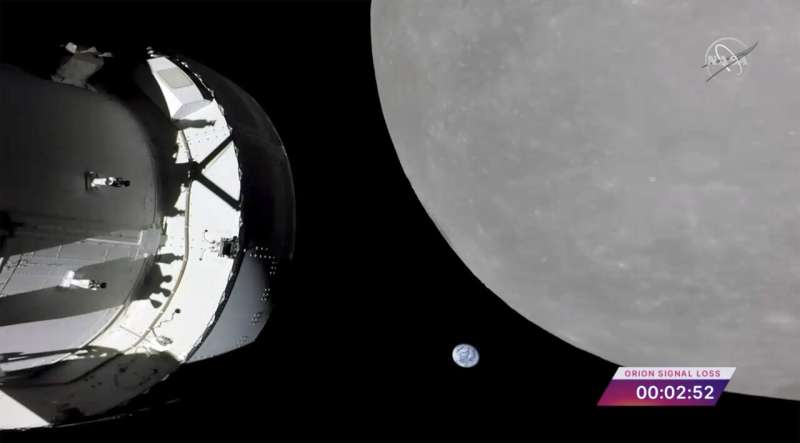
NASA's Orion capsule reached the moon Monday, whipping around the far side and buzzing the lunar surface on its way to a record-breaking orbit with test dummies sitting in for astronauts.
It's the first time a capsule has visited the moon since NASA's Apollo program 50 years ago, and represents a huge milestone in the $4.1 billion test flight that began last Wednesday.
The close approach of 81 miles (130 kilometers) occurred as the crew capsule and its three wired-up dummies were on the far side of the moon. Because of a half-hour communication blackout, flight controllers in Houston did not know if the critical engine firing went well until the capsule emerged from behind the moon, 232,000 miles (370,000 kilometers) from Earth.
Orion, European Service Module and Earth during Artemis I
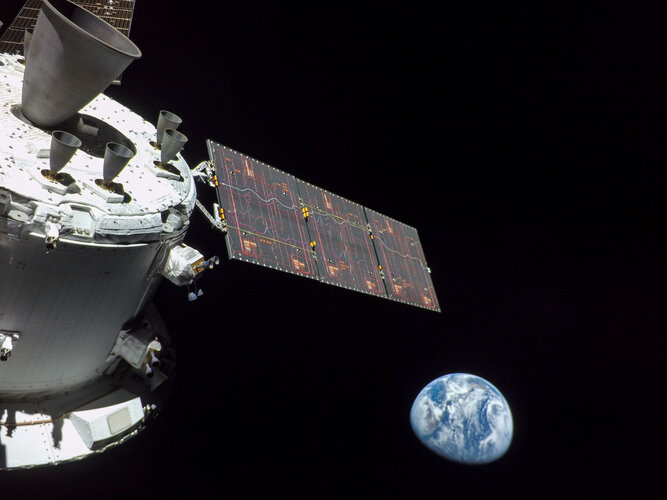 Image:
Orion, European Service Module and Earth during Artemis I
Image:
Orion, European Service Module and Earth during Artemis I ESA DG: What’s on the table for CM22?
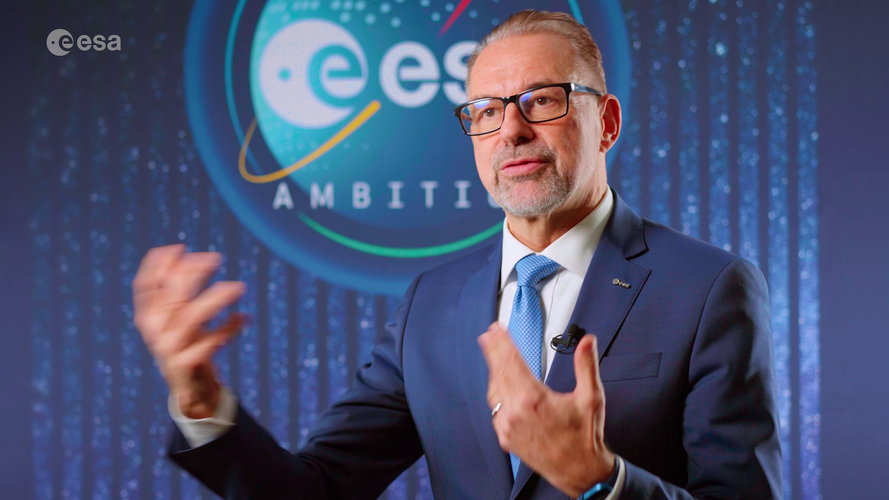 Video:
00:02:19
Video:
00:02:19
Josef Aschbacher, ESA Director General, explains what is on the table for ESA at CM22, ESA’s Council at Ministerial level taking place on 22 and 23 November 2022, a crucial milestone as Europe sets out its ambitions and plans for space activities in the coming years and decades.
ESA Orion blog with icon

ESA's Orion blog
Updates on Artemis and the European Service Module for Orion
Chinese coast guard seizes rocket debris from Filipino navy

Watch live: ESA Council Meeting at Ministerial Level

The ESA Council at Ministerial level (CM22) is taking place in Paris, France, on 22 and 23 November. ESA’s Member States, Associated States and Cooperating States will be invited to together strengthen Europe’s space ambitions and ensure that space continues to serve European citizens. Follow our live coverage of CM22 via ESA WebTV.
Hall of mirrors for Proba-3 laser testing
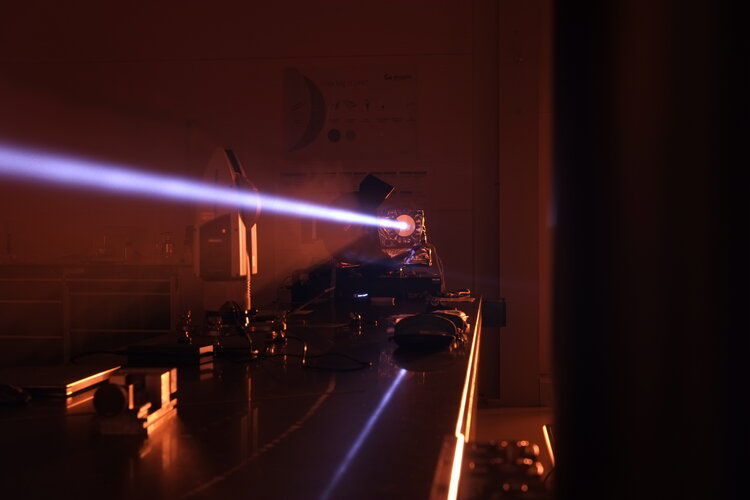 Image:
Hall of mirrors for Proba-3 laser testing
Image:
Hall of mirrors for Proba-3 laser testing Solar snake spotted slithering across Sun's surface
 Solar Orbiter has spotted a 'tube' of cooler atmospheric gases snaking its way through the Sun's magnetic field. The observation provides an intriguing new addition to the zoo of features revealed by the ESA-led Solar Orbiter mission, especially since the snake was a precursor to a much larger eruption. The snake was seen on 5 September 2022, as Solar Orbiter was approaching the Sun for a close
Solar Orbiter has spotted a 'tube' of cooler atmospheric gases snaking its way through the Sun's magnetic field. The observation provides an intriguing new addition to the zoo of features revealed by the ESA-led Solar Orbiter mission, especially since the snake was a precursor to a much larger eruption. The snake was seen on 5 September 2022, as Solar Orbiter was approaching the Sun for a close Rockets to uncover electric circuit that powers the Northern Lights
 A NASA-funded rocket mission is headed to space to measure the global electric circuit underlying the northern lights. For its second trip to space, the Aurora Current and Electrodynamics Structures II, or ACES II, instrument will launch from Andoya Space in Andenes, Norway. The launch window opens Nov. 16, 2022, at 6 p.m. local time.
High above us, electrons from space stream into our sky
A NASA-funded rocket mission is headed to space to measure the global electric circuit underlying the northern lights. For its second trip to space, the Aurora Current and Electrodynamics Structures II, or ACES II, instrument will launch from Andoya Space in Andenes, Norway. The launch window opens Nov. 16, 2022, at 6 p.m. local time.
High above us, electrons from space stream into our sky 
